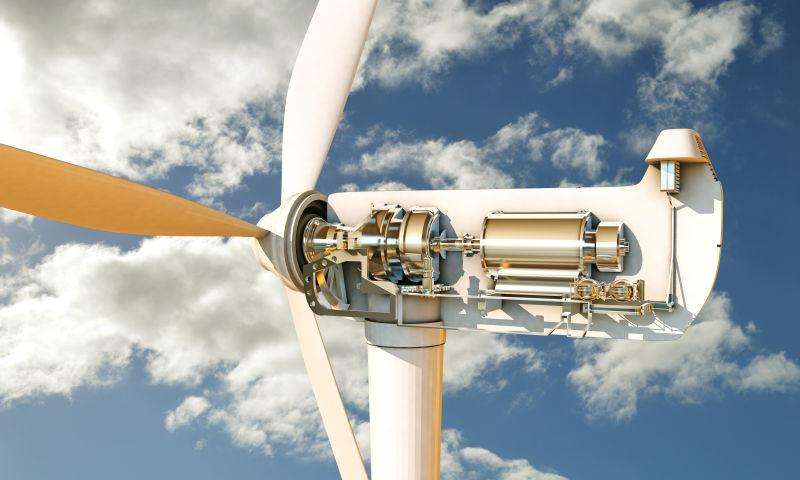
NAV



Time:2019-08-05 Source:耀特仪器 Views:0 Tags:
Glass reactors are ideal equipment for modern chemical sample experiments, biopharmaceutics and new material synthesis. They are widely used in laboratories. We have talked about the classification and selection of reactors before. Now let's have a detailed understanding of the following problems:
1. What is the general working principle of glass reactor?
Under the set constant temperature conditions, the glass reaction kettle can stir and react in a closed container under normal pressure or negative pressure, and can control the evaporation and reflux of the reaction solution. Generally, there are single-layer glass reactor, double-layer glass reactor and three-layer glass reactor. (supplementary note: precautions for installation of glass reaction kettle)
2. What are the uses of single-layer glass reactor and its working principle?
The single-layer glass reactor can provide high-temperature reaction (the maximum temperature can reach 300 ℃); It can also be vacuumed to make negative pressure reaction. The single-layer glass reaction kettle can carry out various solvent synthesis reactions under constant temperature conditions. The reaction part of the instrument is a fully sealed structure that can be operated. It can use negative pressure to continuously inhale various liquids and gases, and it can also do reflux or distillation at different temperatures
The working principle of the single-layer glass reactor is: directly heat the reactor body through the silver film heating sheet, so that the materials in the reactor can be heated at a constant temperature, and stirring can be provided. The materials react in the reactor and can control the evaporation and reflux of the reaction solution. After the reaction, the lid and motor of the single-layer glass reactor are mechanically lifted (optional electric lifting), and the kettle body can rotate 360 degrees to facilitate the dumping and discharging of materials. The operation is very convenient. It is an ideal equipment for modern chemical small sample, medium sample experiment, biopharmaceutical and new material synthesis.

1. What are the uses of double-layer and three-layer glass reactors and what is their working principle?
The interlayer of double-layer glass reactor can provide high-temperature reaction (the maximum temperature can reach 300 ℃) and low-temperature reaction (the minimum temperature can reach - 80 ℃); Double glass reaction kettle can be vacuumed for negative pressure reaction. Double glass reaction kettle can carry out normal temperature stirring reaction, high temperature reaction, negative pressure vacuum distillation reaction, separation and extraction, distillation reflux reaction, concentration reaction.
The double-layer glass reactor is designed with double-layer glass. Its working principle is: put reaction solvent into the inner layer of the glass for stirring reaction, and the interlayer can be connected with different cold and heat sources (freezing liquid, hot water or hot oil) for circulating heating or cooling reaction. Through the interlayer of the double-layer reactor, inject thermostatic (high or low temperature) hot-melt media or cooling media to heat or cool the materials in the reactor at a constant temperature. At the same time, the stirring reaction can be carried out under normal pressure or negative pressure according to the use requirements. The materials react in the reactor and can control the evaporation and reflux of the reaction solution. After the reaction, the materials can be discharged from the discharge port at the bottom of the reactor, which is very convenient for operation.